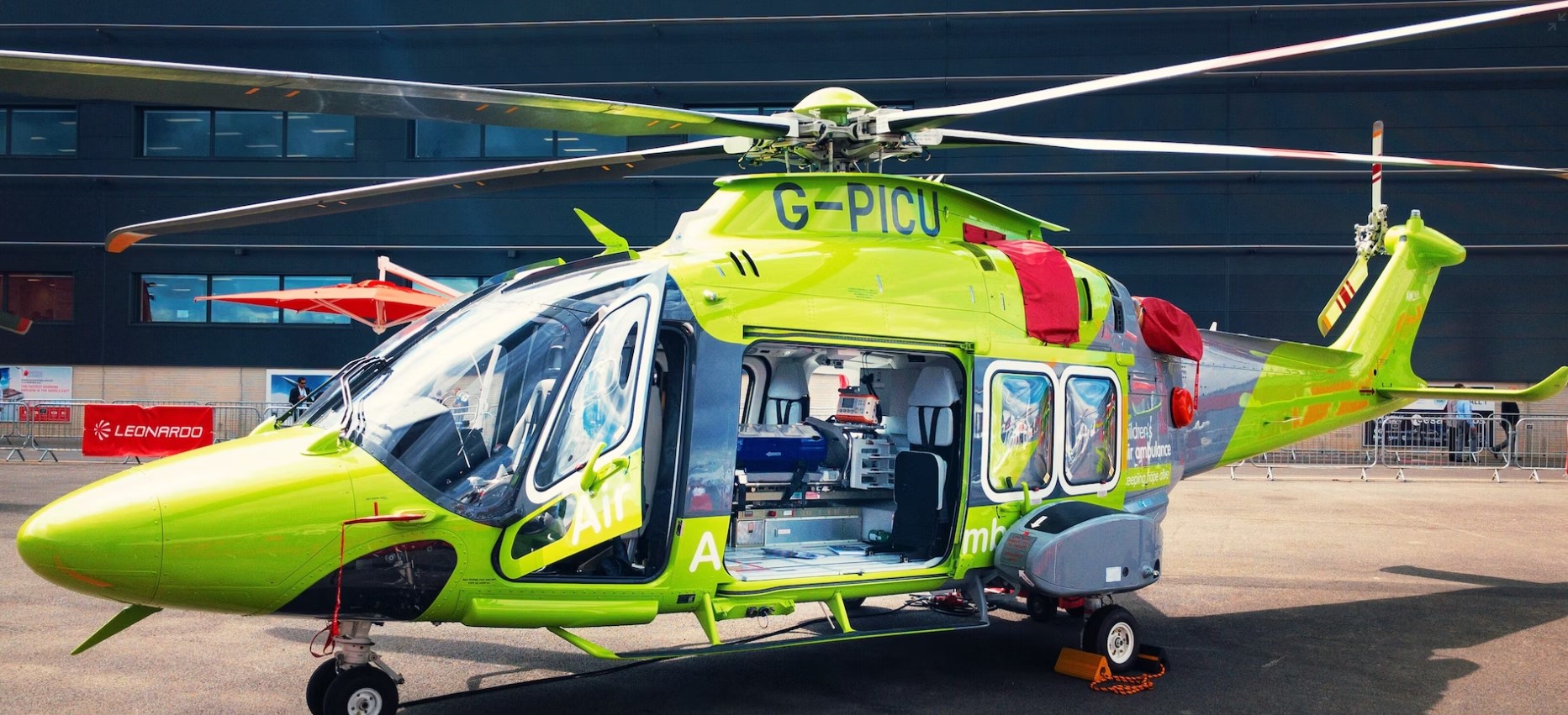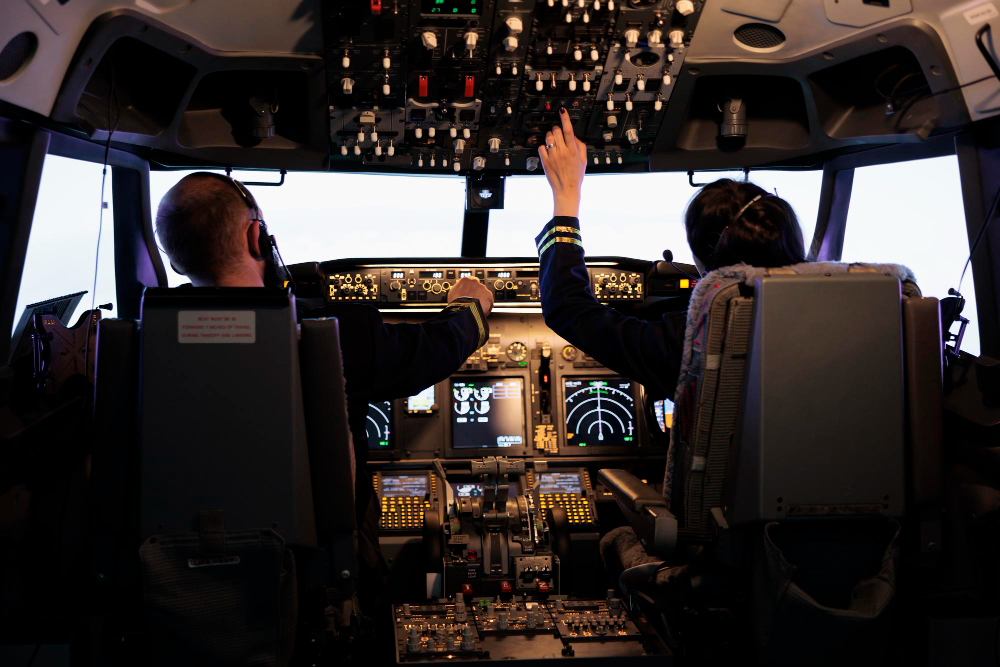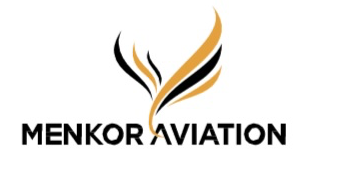
Medical evacuation: a crucial element of emergency medicine
Medical evacuation: a crucial element of emergency medicine
Medical evacuations are a crucial element of emergency medicine, saving lives around the world in critical medical situations. In this article, we examine the importance of medical evacuations, highlighting their vital role in providing urgent and specialized medical care to patients requiring transfer to appropriate medical facilities.
This article, written by Menkor Aviation’s team of safety consultants, aims to raise awareness of the importance of emergency medical repatriation and inform you of the process to follow in the event of a medical emergency.
The importance of sanitary evacuations
Medical evacuations, also known as medical transports or medical repatriation, are sometimes emergency operations designed to move patients requiring specialized medical care to healthcare facilities better equipped to treat their medical condition. These operations may involve transferring patients within the same country or abroad, using means of transport adapted to the patient’s specific medical needs.
The importance of medical evacuations lies in their ability to provide fast and safe access to advanced medical care, often in emergency situations where every minute counts. Whether treating serious injuries, severe illnesses or unforeseen medical complications, medical evacuations enable patients to receive appropriate care in the shortest possible time, which can mean the difference between life and death.
In addition, medical repatriations also help to relieve congestion in local healthcare facilities by transferring patients to medical centers better equipped to treat their condition. This optimizes the use of medical resources and ensures that each patient receives the most appropriate care for his or her specific needs.

Understanding medical repatriation
Definition of medical evacuation / medical repatriation
Medical repatriation is a specialized medical transfer operation designed to move sick or injured patients to better-equipped healthcare facilities, or to repatriate them to their country of care to provide the necessary treatment. These transfers are generally carried out by air, land or sea, depending on the patient’s medical situation and the availability of medical transport resources.
Medical evacuations may be necessary in a variety of situations, including
– Serious injuries: During medical emergencies, medical evacuations provide a quick and efficient response to transfer patients to medical facilities capable of providing the necessary care.
– Complex medical conditions requiring specialized care: Medical evacuations help optimize the use of medical resources by transferring patients to appropriate health care facilities, helping to better allocate medical skills and equipment.
– Medical complications during travel: In the event of unforeseen medical complications while traveling or staying abroad, medical evacuations ensure safe return to the country of origin or to medical centers better equipped to handle the situation.
– Or when local healthcare facilities lack the equipment or skills needed to treat the patient effectively: Medical medical repatriation gives patients access to healthcare facilities equipped to provide specialized care tailored to their medical condition.
Types of medical repatriation: local, national, international
Medical repatriations can be classified into several types, depending on the distance and scope of the operation:
– Local medical repatriations: These involve the transfer of patients within the same city, region or country, to access specialized medical facilities.
– National medical repatriations: These involve the transfer of patients between different regions or provinces within the same country, often for specialized medical care unavailable locally.
– International medical repatriations: These evacuations are necessary when patients need to be transferred abroad to receive specific medical care unavailable in their home country, or in the event of a medical emergency while traveling abroad.
In conclusion, medical repatriation, or medical evacuation, plays a crucial role in healthcare, enabling sick or injured patients to be moved quickly and safely to better-equipped healthcare facilities. These operations are essential in a variety of situations, including serious injuries, complex illnesses requiring specialized care, medical complications during travel, or when local health facilities lack the necessary resources. Medical evacuations can be classified into several types depending on the distance and scope of the operation, ranging from local to international.
Considering the diversity of cases where medical evacuations are necessary, it is clear that they are of considerable importance in ensuring the well-being of patients in critical situations.

Process of a sanitary evacuation
Assessment of the medical situation
The initial assessment of the patient’s medical situation is a crucial step in the medical evacuation process. It is carried out by qualified medical professionals, such as emergency physicians or specialized medical teams, to determine the severity of the patient’s condition and the care required during air transport.
This assessment typically includes:
- Assessment of the patient’s vital signs, such as heart rate, blood pressure, oxygen saturation and body temperature.
- Assessment of patient symptoms and complaints to identify specific medical needs.
- Collection of the patient’s medical history, including pre-existing medical conditions, current treatments and allergies.
Based on the results of the assessment, a decision is made on the necessity and feasibility of medical repatriation, as well as on the medical care and equipment required during medical transport.
Coordination with medical authorities and emergency evacuation airlines
Once the need for a medical evacuation has been established, coordination with the medical authorities and medical transporters is essential to plan and execute the operation efficiently and safely.
This coordination involves :
- Communication with the attending doctor and healthcare facilities involved in the patient’s care, to ensure a smooth transition of medical care.
- Collaboration with airlines and air ambulance services to organize medical transport to the patient’s destination.
- Obtaining the necessary authorizations from the relevant authorities, such as aviation, immigration and customs, to facilitate patient travel.
Effective communication and close coordination between all stakeholders are essential to ensure that medical repatriation runs smoothly, and that the patient’s safety and well-being are guaranteed.
Logistical planning: choice of aircraft, flight itinerary, medical equipment
The logistical planning of an emergency medical repatriation involves several essential aspects:
- Choosing the aircraft best suited to the patient’s medical needs, based on factors such as the distance to be covered, the severity of the medical condition and the medical equipment required on board.
- Determining the safest and most efficient flight route, taking into account weather conditions, airspace restrictions and available airport infrastructure.
- Preparing and checking the medical equipment on board the aircraft, including vital signs monitoring devices, emergency medication, ventilation equipment and resuscitation equipment.
Careful planning of these logistical aspects is essential to guarantee the success of a medical transport, and to ensure the patient’s safety and comfort during the repatriation flight.
Preparing the patient for medical evacuation: stabilization, medical assistance
Before transferring the patient to the medical aircraft, extensive medical preparation is required to stabilize the patient’s state of health and provide continuous medical assistance during air transport.
This preparation includes :
- Stabilization of the patient’s vital signs and management of medical symptoms to ensure stability during the flight.
- Administration of appropriate medical treatments, such as emergency medication, intravenous fluids or medical interventions, according to the patient’s needs.
- The provision of a qualified medical team (flight surgeons) on board the aircraft to ensure continuous monitoring and medical intervention if required during the flight.
Adequate in-flight medical preparation of the patient is essential to minimize risks during transport and ensure the patient’s well-being throughout the medical evacuation.
Transfert du patient vers l’aéronef médicalisé
Once the patient is medically stabilized and all logistical preparations are in place, transfer to the medical aircraft can take place. This transfer is carried out with the utmost care to ensure the patient’s safety and comfort throughout the process.
This transfer includes :
- Moving the patient from the healthcare facility to the aircraft take-off site, using transport adapted to the patient’s state of health.
- Boarding the medical aircraft, ensuring the patient’s safety and comfort during this critical stage of the process.
- Continuous medical care of the patient during the repatriation flight, with careful monitoring of his or her state of health and medical intervention in the event of an emergency.
The transfer of the patient to the medical aircraft marks the start of the actual medical evacuation, which requires close coordination between medical teams, airlines and the relevant authorities to ensure the success of the operation.

Stakeholders
Emergency medical teams
Emergency medical teams play a crucial role in medical evacuations, providing specialized medical care to patients requiring transfer to better-equipped health facilities.
Their role includes :
- Initial assessment of the patient’s medical situation and decision on the need for emergency medical evacuation.
- Medical stabilization of the patient prior to transport, including the administration of emergency treatments and preparation for air transfer.
- Accompanying the patient during the flight and providing ongoing medical care.
- Coordination with other stakeholders to ensure safe and efficient medical evacuation.
Emergency medical teams are made up of doctors, nurses and qualified health professionals (flight surgeons), specialized in handling emergency medical situations and coordinating medical evacuations.
Airlines specializing in emergency medical repatriation
Airlines specializing in medical repatriation provide the necessary means of transport to move patients to appropriate health facilities.
Their role includes :
- The provision of medically equipped jets or helicopters for the safe transport of patients requiring specialized medical care.
- Coordination of flight schedules and itineraries to ensure fast, efficient patient transfers.
- Training and qualification of flight personnel to meet patients’ medical needs during flight.
- Compliance with safety and regulatory standards applicable to medical evacuations.
Emergency medical evacuation airlines play a vital role in providing safe transport tailored to patients’ specific medical needs.
Medical and governmental authorities
Medical and government authorities play a supervisory and coordinating role in medical repatriations.
Their role includes :
- Issuing the necessary authorizations for the organization and execution of emergency repatriations, including flight authorizations and patient entry and exit authorizations.
- Coordination with emergency services and health facilities to facilitate patient transfers and ensure proper medical care.
- Supervision of compliance with safety and regulatory standards in the field of medical repatriation.
- Providing resources and logistical support to ensure the smooth running of medical evacuation operations.
Medical and government authorities therefore play a role in coordinating and supervising emergency evacuations, ensuring that operations are safe, efficient and smooth.
Insurance and healthcare providers
Insurance companies and healthcare service providers are also important players in medical evacuations, providing financial cover and medical services to patients requiring transfer to appropriate health facilities.
Their role includes:
- Managing the financial aspects of medical evacuations, including coverage of medical, repatriation and other associated costs.
- Coordination with emergency medical teams and airlines to organize transport and in-flight medical care for patients.
- Provision of additional healthcare services, such as medical teleconsultation and remote medical assistance, to support patients during medical evacuation operations.
The role of insurance companies and healthcare service providers will therefore be to take financial responsibility for patients requiring medical evacuations, guaranteeing their access to appropriate medical care and facilitating their transfer to appropriate health facilities.

What should you do if you need emergency repatriation?
preparing for a medical evacuation
Preparing for a medical evacuation is essential to ensure a safe and efficient transfer to appropriate healthcare facilities. Here are some practical tips to help you prepare:
- Know the contact details of emergency services, local health facilities and medical repatriation companies, as well as the procedures to follow in the event of a medical evacuation.
- Keep personal medical information up to date, including medical history, allergies and current treatments, to facilitate medical care during evacuation.
- Have a first-aid kit and emergency medicines on hand in case of need during transport.
- Etablish a communication plan with family members or close friends to inform them of the situation and actions taken during the medical evacuation.
Good preparation reduces the stress and anxiety associated with an emergency medical evacuation, and ensures better management of the situation in the event of a medical emergency.
Rights and responsibilities of patients and their families
It’s important that patients and their families understand their rights and responsibilities during an emergency medical evacuation. Here are a few points to consider:
- Right to information: Patients have the right to be informed of their medical condition, treatment options and the risks associated with medical evacuation.
- Informed consent: Patients have the right to give informed consent for any medical treatment or intervention during medical evacuation.
- Responsibility to cooperate: Patients and their families are obliged to cooperate with medical teams and air carriers during medical evacuation, following instructions and providing necessary information.
- Financial responsibility: Patients are responsible for medical and transportation costs associated with emergency interventions, unless otherwise specified by their travel insurance or healthcare provider.
A clear understanding of rights and responsibilities enables patients and their families to make informed decisions and collaborate effectively with healthcare providers during medical evacuation.
Travel insurance: medical repatriation coverage
It is strongly recommended to have appropriate travel insurance that covers medical evacuations in the event of a medical emergency. Here’s what you need to know about insurance coverage for emergency medical evacuations:
- Check repatriation insurance coverage: Make sure your travel insurance policy includes adequate coverage for medical evacuation, including medical expenses, medical transportation and other associated costs.
- Understand exclusions: Familiarize yourself with your travel insurance policy’s exclusions regarding medical evacuations, such as pre-existing conditions or risky activities not covered.
- Check reimbursement conditions: Find out about reimbursement conditions and claims procedures in the event of medical repatriation, to avoid financial surprises in the event of a medical emergency.
Appropriate health insurance offers peace of mind and financial protection in the event of a medical emergency requiring medical evacuation to specialized health facilities.

Summary of the article’s main points
In this article, we take a detailed look at the process and stages of medical repatriation, whether local, national or international, highlighting the importance of this intervention in the management of patients requiring specialized or emergency medical care. We have explored the various stakeholders involved in medical evacuations (emergency medical teams, repatriation airlines, medical and governmental authorities and travel insurers), as well as their roles and responsibilities in coordinating and carrying out these repatriation operations.
We also discussed practical advice for those involved, including preparing for an emergency medical evacuation, the rights and responsibilities of patients and their families, and the importance of having adequate travel insurance to cover the costs associated with a medical evacuation.
The importance of preparation and coordination for successful emergency medical repatriations
It is clear from our analysis that preparation and coordination are essential elements in ensuring the success of medical evacuations. Careful planning, effective communication and close collaboration between the various stakeholders are essential to ensure the safe, rapid and efficient transfer of patients to appropriate healthcare facilities.
By investing in preparedness and coordination, organizations and individuals can improve the quality of medical care provided during a medical evacuation, reduce risks to patient health and safety, and ensure better management of medical emergencies.
If you need more information or assistance with medical evacuations, we encourage you to contact qualified medical evacuation professionals such as Menkor Aviation. Their expertise and experience can help you make the right decisions and implement the necessary emergency measures to ensure the safety and well-being of patients in the event of a medical emergency.
